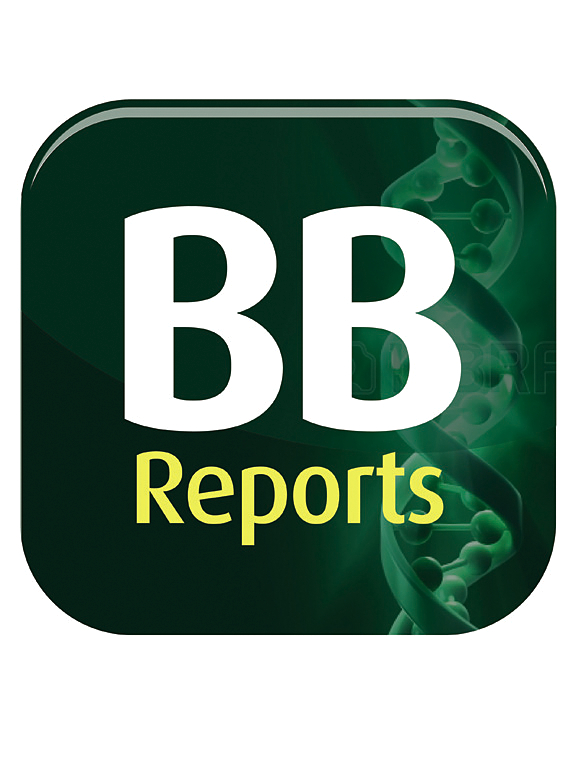The C-terminal end of PLIN1 displays structural disorder
IF 2.3
Q3 BIOCHEMISTRY & MOLECULAR BIOLOGY
引用次数: 0
Abstract
Lipid droplets (LDs) serve as crucial organelles for lipid storage and metabolism, with their proteome significantly influencing their regulation. Perilipins (PLINs), in particular PLIN1, play vital role in LD metabolism by orchestrating lipolysis. The C-terminal end of PLIN1 regulates lipolysis through interactions with coactivators such as the CGI-58 protein. Despite its importance, the structural characterization of this domain remains limited. Here, we present a comprehensive bioinformatic and biophysical analysis of the C-terminal end of mouse PLIN1 (mPLIN1C). Our findings suggest that mPLIN1C behaves as an intrinsically disordered region (IDR), exhibiting context-dependent properties of the coil-like or pre-molten globule type. Structural analysis reveals a predominance of disordered secondary structure, with circular dichroism spectroscopy indicating a high coil content. Interaction studies with SDS micelles suggest a conformational transition towards a pre-molten globule state. Furthermore, the analysis of molecular recognition features (MoRFs) identifies the EPESE sequence spanning residues 413–417 as a potential binding site for partner molecules. Overall, our findings shed light on the structural properties and potential interaction mechanisms of mPLIN1C, providing insight into its functional role in LD metabolism.
求助全文
约1分钟内获得全文
求助全文
来源期刊

Biochemistry and Biophysics Reports
Biochemistry, Genetics and Molecular Biology-Biophysics
CiteScore
4.60
自引率
0.00%
发文量
191
审稿时长
59 days
期刊介绍:
Open access, online only, peer-reviewed international journal in the Life Sciences, established in 2014 Biochemistry and Biophysics Reports (BB Reports) publishes original research in all aspects of Biochemistry, Biophysics and related areas like Molecular and Cell Biology. BB Reports welcomes solid though more preliminary, descriptive and small scale results if they have the potential to stimulate and/or contribute to future research, leading to new insights or hypothesis. Primary criteria for acceptance is that the work is original, scientifically and technically sound and provides valuable knowledge to life sciences research. We strongly believe all results deserve to be published and documented for the advancement of science. BB Reports specifically appreciates receiving reports on: Negative results, Replication studies, Reanalysis of previous datasets.
 求助内容:
求助内容: 应助结果提醒方式:
应助结果提醒方式:


